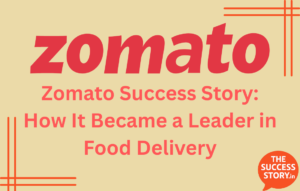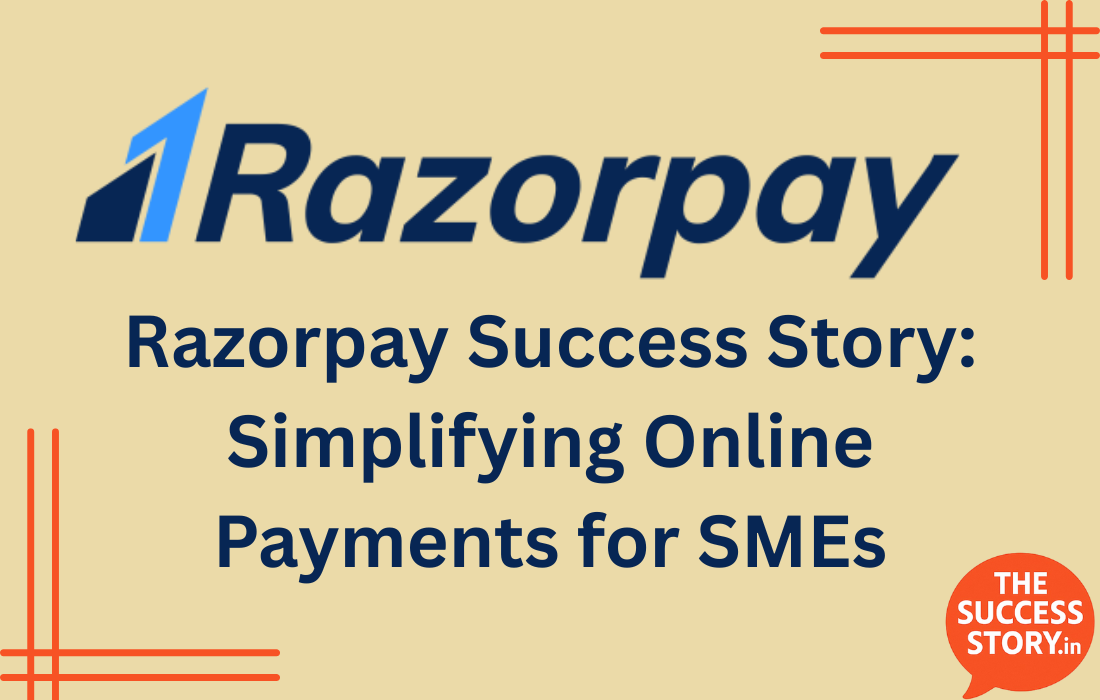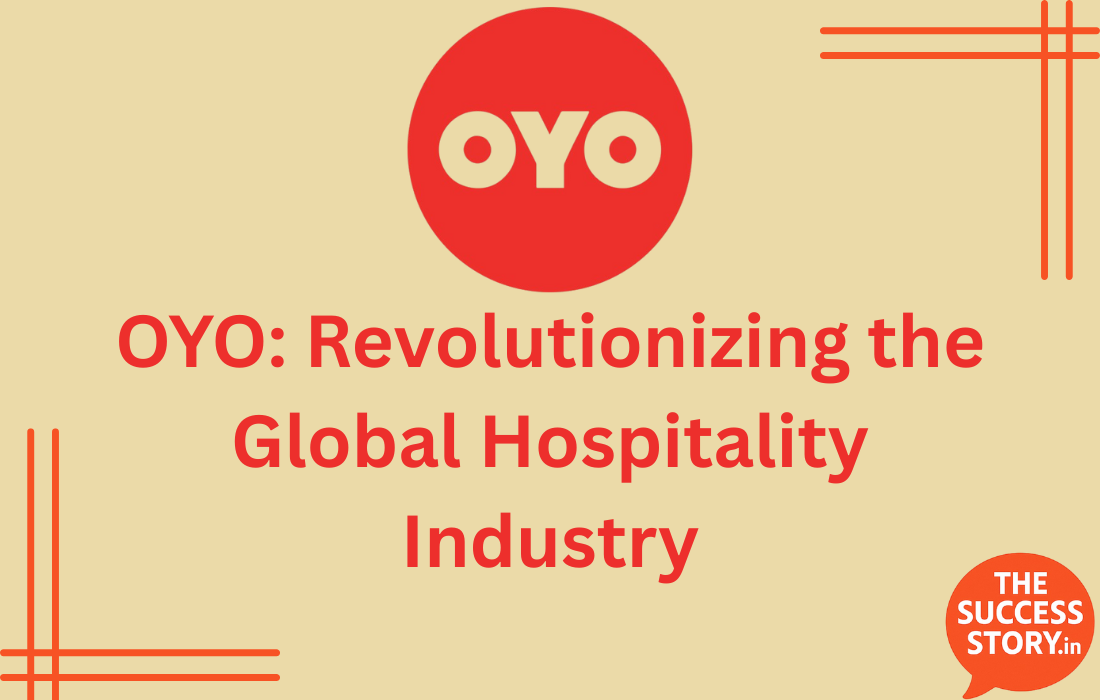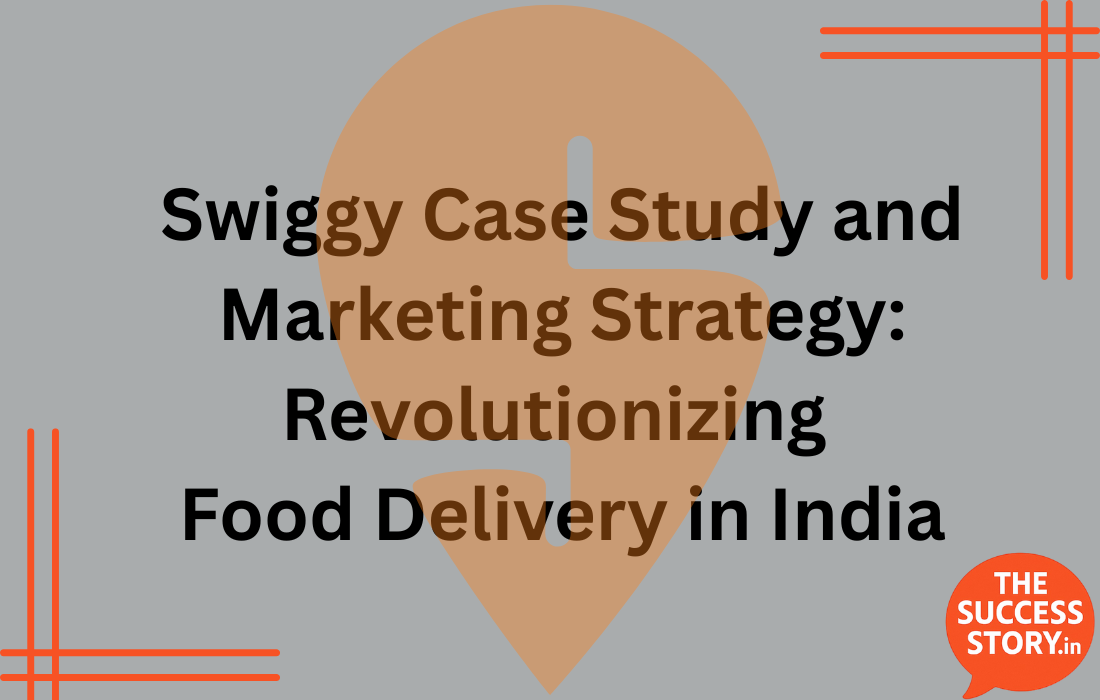Zomato Success Story: How It Became a Leader in Food Delivery

Introduction to Zomato
Zomato has become a household name, known for revolutionizing food delivery services in India. Founded in 2008 by Deepinder Goyal and Pankaj Chaddah, Zomato started as a restaurant discovery platform. Over the years, it transformed into a leading player in the food delivery sector, offering quick and reliable service to its users.
With a strong foothold in the Indian market, Zomato’s success story provides valuable insights into innovative business strategies and customer-centric approaches.
How Zomato Began
The journey began with a website aimed at helping people search for restaurants. Later, the company rebranded to Zomato, focusing on restaurant discovery and providing food delivery services. By 2015, Zomato ventured into on-demand food delivery, supported by its user-friendly app.
Zomato’s growth was fueled by investments from leading firms such as Ant Financial (Alibaba) and Sequoia Capital. This financial backing helped the company expand its reach and services.
Zomato’s Strategies for Success
Understanding the Target Audience
Zomato focuses on catering to urban users who frequently order food online. The team conducts in-depth research to identify customer preferences and tailor services accordingly.
The company also targets tech-savvy users who prefer app-based solutions for convenience.
Innovative Digital Marketing
Social media plays a crucial role in Zomato’s marketing strategy. The company actively uses platforms like Instagram, Facebook, and YouTube for promotions.
Additionally, Zomato emphasizes search engine optimization (SEO). By targeting keywords like “food delivery near me,” the company ensures better visibility in search results. Paid search ads on platforms like Google and Bing further enhance their reach.
Video advertisements and banners are used effectively to capture user attention, ensuring Zomato stays ahead of competitors.
Instant Notifications
The Zomato app provides instant notifications, keeping users updated on offers, discounts, and delivery status. Push notifications are personalized for special occasions, such as birthdays and anniversaries, ensuring customer engagement.
Email Marketing
Zomato leverages email marketing to establish and maintain connections with users. Behavioral emails are sent to attract new customers and encourage existing ones to stay loyal. These retention campaigns have proven to be highly effective.
Strategic Collaborations
Zomato partners with industry leaders like Uber and Paytm to provide additional benefits such as cashback and discounts. Collaborations with banks also enable special rewards for credit card users.
The company has introduced innovative initiatives like campus marketing, targeting college students through events and partnerships with influencers and bloggers.
Creative Promotional Plans
For Customers
Zomato offers a variety of benefits, including:
- Discounts for first-time users.
- Free delivery for high-volume users via Zomato Piggybank.
- Rewards during IPL and festive seasons.
- Referral bonuses for recommending the app to friends.
For Restaurants
Zomato designs specific strategies to onboard restaurants, offering reduced commissions and waiving additional fees initially.
Your Attractive Heading
Key Facts About Zomato
- Founded: 2008
- Founders: Deepinder Goyal and Pankaj Chaddah
- Restaurants Listed: Approximately 1 million
- Operating Countries: 24
- Revenue 2021: $0.49 Billion
- Revenue 2022: $0.77 Billion
- Consolidated Profit Q3 2023-24: ₹138 Crore
- Competitors: Swiggy, EatSure, JustMyRoots, etc.
Conclusion
Zomato’s remarkable journey highlights its ability to adapt and innovate in a competitive market. By focusing on customer needs, leveraging technology, and implementing smart strategies, Zomato has set itself apart in the food delivery industry.
Despite intense competition, Zomato continues to thrive, setting a benchmark for excellence in service and customer satisfaction.




